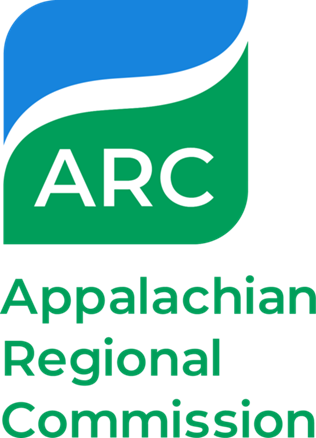Abstract
Background: West Virginia ranks 1st nationally in the prevalence of hypertension (HTN; 43.8%) and diabetes (16.2%). Patients with type 2 diabetes mellitus (T2DM) are distressed over physical and psychological burden of disease self-management.
Methods: This study investigated the effectiveness of an intervention to reduce diabetes distress and outcomes [glycemic control, blood pressure (BP)] among T2DM adults with comorbid HTN. Participants were randomized to a 12-week diabetes and hypertension self-management program versus a 3-month wait-listed control group. Trained health coaches and experts implemented the lifestyle program in a faith-based setting using an adapted evidence-based curriculum. Twenty adults with T2DM and HTN (n=10 per group) completed baseline and 12-week assessments. Diabetes distress was measured by using a validated Diabetes Distress Survey (17-item Likert scale; four sub-scales of emotional burden, physician related burden, regimen related burden, and interpersonal distress). Baseline and post-intervention changes in diabetes distress were compared for both groups; reduction in distress in the intervention groups are depicted using waterfall plots. The mean age, HbA1c and BMI were 55 ± 9.6 years, 7.8 ± 2.24 and 36.4 ± 8.8, respectively. Diabetes distress (total; mean) was 1.84±0.71.
Results: Participants reported higher diabetes distress related to emotional burden (2.1±0.94) and regimen-related distress (2.0 ± 0.74); physician-related distress was the lowest (1.18±0.64). In general, diabetes distress reduced among intervention participants and was especially significant among those with HbA1c ≤ 8% (r=0.28, p=0.4), and systolic/diastolic BP ≤140/80 mm Hg (r=0.045, P=0.18).
Implications: Findings suggest that lifestyle self-management programs have the potential to reduce diabetes distress.
DOI
https://doi.org/10.13023/jah.0303.06
Creative Commons License

This work is licensed under a Creative Commons Attribution 4.0 License.
Recommended Citation
Misra R, Shawley-Brzoska S, Khan R, Kirk BO, Wen S, Sambamoorthi U. Addressing Diabetes Distress in Self-Management Programs: Results of a Randomized Feasibility Study. J Appalach Health 2021;3(3):68–85. DOI: https://doi.org/10.13023/jah.0303.06
Included in
Appalachian Studies Commons, Inequality and Stratification Commons, Medicine and Health Commons, Public Health Commons, Regional Economics Commons, Regional Sociology Commons, Rural Sociology Commons





Social Media Links